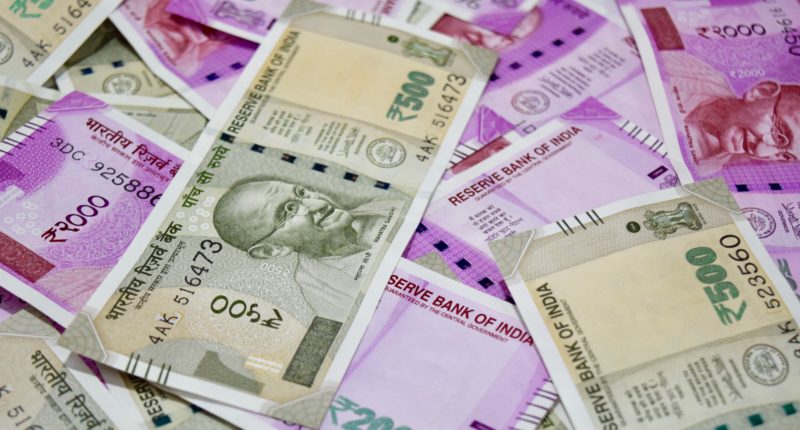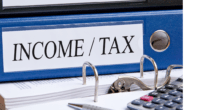The Supreme Court disallowed Bharti Airtel’s GST Input Tax Credit (ITC) refund claim of Rs.923 crore. It reversed the Delhi High Court’s 5th May 2020 order of granting a GST refund by allowing past ITC claims.
In the appeal matter of Union of India Vs Bharti Airtel Ltd. & Ors, the apex court ruled on 28th October 2021. Such refunds are arising due to any ‘unilateral’ correction of e-filed GST return by a business upon self-assessment leading to chaos. Further, the SC stated that this could have a tax-on-tax effect on all the suppliers along the supply chain. GSTR-3B from July 2017 to September 2017 cannot be rectified for under-reporting of any eligible ITC.
The bench comprised CT Ravikumar, Dinesh Maheshwari and was led by Justice AM Khanwilkar to hear the central government’s plea against sanctioning a refund to Sunil Mittal’s telco. The petition was filed on behalf of the Finance Ministry, represented by the revenue commissioner and secretary to the GST Council.
Bharti Airtel claimed that since GSTR-2A was not functional then, it had to pay an excess tax of Rs.823 crore between July 2017 and September 2017. Due to the absence of any automated reconciliation tools during that period, Bharti Airtel could not claim several crores of ITC and, accordingly, ended up paying excess tax.
It is to be noted that GSTR-2 never got operationalised during that year and hence, never auto-populated the ITC for taxpayer claims. Only after October 2018, once GSTR-2A became functional, the taxpayer realised paying the excess tax due to underutilisation of ITC worth Rs.923 crore.
The Delhi High Court did not enjoy the territorial jurisdiction to hear the writ petition initially filed by Bharti Airtel. It could listen to matters about its state only and not on the country as a whole. Further, the SC highlighted that it is the duty of every taxpayer to self assess the tax liability and the amount of ITC claims for every tax period.
The task is not to be done by the authorities but by the taxpayer himself. Even though ITC is a statutory right, its claim and utilisation are subject to conditions and restrictions. Further, any malfunctioning of the GST portal cannot free the taxpayer from carrying out his primary obligations of paying taxes and claiming ITC on time. The businesses must maintain sufficient records to substantiate their ITC claims or for tax payments.
The SC further pointed out that any rectification and corrections to GSTR-3B returns must be carried out in the period during which an error or omission is noticed. However, there is a time limit defined to do so. It is the earlier of two dates. The first is the due date to file GSTR-3B of September of the following that financial year. The second one is the due date to file GSTR-9 annual returns.
Accordingly, the SC maintained that it is the sole responsibility of the taxpayer to keep records to help him in ITC claims and calculate the tax outflow on sales. The absence of GST portal facilities is not an excuse to ask for rectification of returns already filed and the annual return filing due date of which got lapsed.
From the SC’s stand, it is clear that despite GST replacing the erstwhile indirect tax laws, certain fundamentals remain unchanged. The taxpayer is responsible and holds the onus of self-assessing tax liabilities and ITC claims periodically. The tax authorities may only do post-filing verification to validate the claims and verify for irregularities.
The taxpayers must maintain necessary accounts and records to substantiate their ITC claims and information reported in GST returns. It is advised that they use reliable software and tools to perform regular reconciliation of GST data to ensure accuracy and completeness of reporting.
The GST laws will undergo another massive change in the coming months. The admission of provisional ITC may be removed entirely from the law. Currently, 5% of ITC available in Form GSTR-2B is allowed for claims as additional provisional ITC for those not reported by suppliers. The law will be revised to only allow such ITC appearing in Form GSTR-2B in the future, most likely from January 2022.
With the above change expected soon, taxpayers must gear up and adopt a suitable system to keep their records reconciled with returns filed to date. They must also have additional systems to handle vendor compliance smoothly and on a timely basis to avoid missing ITC issues.
Accordingly, the SC verdict is an eyeopener for many businesses heavily reliant on government systems for their GST reporting. They must invest in alternate and reliable technological systems that help them retrieve data, track it when needed and match voluminous data with the lowest record of downtime possible. It will ensure an efficient GST compliance ecosystem for their organisation.
For any clarifications/feedback on the topic, please contact the writer at annapoorna.m@cleartax.in
Annapoorna, popularly known as Anna, is an aspiring Chartered Accountant with a flair for GST. She spends most of her day Singing hymns to the tune of jee-es-tee! Well, not most of her day, just now and then.





